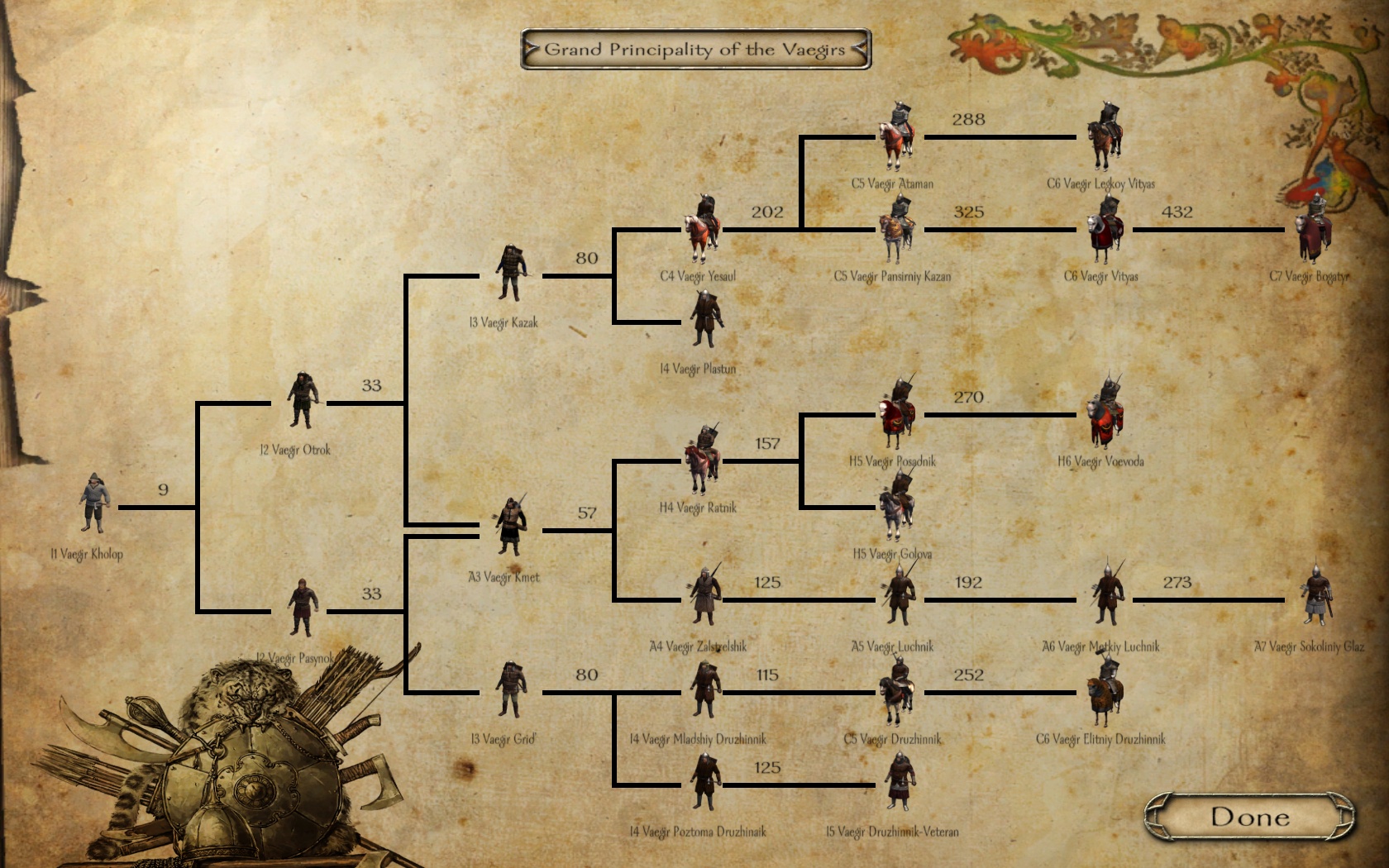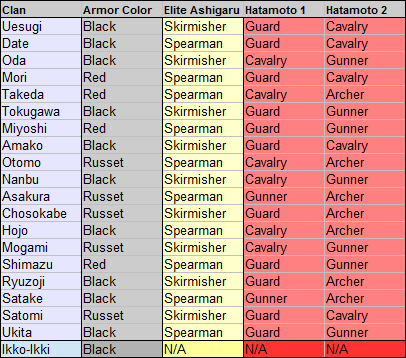

2.2.4 Grand Dukes of Luxembourg (from the House of Nassau-Weilburg) – 1890–1912 and succession through a female onwards.

2.1 Counts of Nassau in Wiesbaden, Idstein, and Weilburg (1255–1344).The Grand Duke of Luxembourg uses "Duke of Nassau" as his secondary title and a title of pretense to the dignity of Chief of the House of Nassau (being the most senior member of the eldest branch of the House), but not to lay any territorial claims to the former Duchy of Nassau which is now part of the Federal Republic of Germany.

However, both Dutch and Luxembourgish monarchial traditions, constitutional rules and legislation in that matter differ from the German tradition, and thus neither country considers the House extinct. The House would therefore, from this German perspective, have been extinct since 1985. However, in 1890 in the Netherlands and in 1912 in Luxembourg, the male lines of heirs to the two thrones became extinct, so that since then, they have descended in the female line from the House of Nassau.Īccording to German tradition, the family name is passed on only in the male line of succession. All Dutch and Luxembourgish monarchs since 1815 have been senior members of the House of Nassau. Today, the term Nassau is used in Germany as a name for a geographical, historical and cultural region, but no longer has any political meaning. It was subsequently incorporated into the newly created Prussian Province of Hesse-Nassau. The Duchy was annexed in 1866 after the Austrian-Prussian War as an ally of Austria by Prussia. Early on they divided into two main branches: the elder (Walramian) branch, that gave rise to the German king Adolf, and the younger (Ottonian) branch, that gave rise to the Princes of Orange and the monarchs of the Netherlands.Īt the end of the Holy Roman Empire and the Napoleonic Wars, the Walramian branch had inherited or acquired all the Nassau ancestral lands and proclaimed themselves, with the permission of the Congress of Vienna, the "Dukes of Nassau", forming the independent state of Nassau with its capital at Wiesbaden this territory today mainly lies in the German Federal State of Hesse, and partially in the neighbouring State of Rhineland-Palatinate. The lords of Nassau were originally titled "Count of Nassau", then elevated to the princely class as "Princely Counts". It is named after the lordship associated with Nassau Castle, located in present-day Nassau, Rhineland-Palatinate, Germany. The House of Nassau is a diversified aristocratic dynasty in Europe. Henri, Grand Duke of Luxembourg (in cognatic line) Germany, Netherlands, Belgium, France, England, Scotland, Ireland, Luxembourg, Nassau, Orange

Arms of Nassau: Azure billetty or, a lion rampant of the last armed and langued gules


 0 kommentar(er)
0 kommentar(er)
